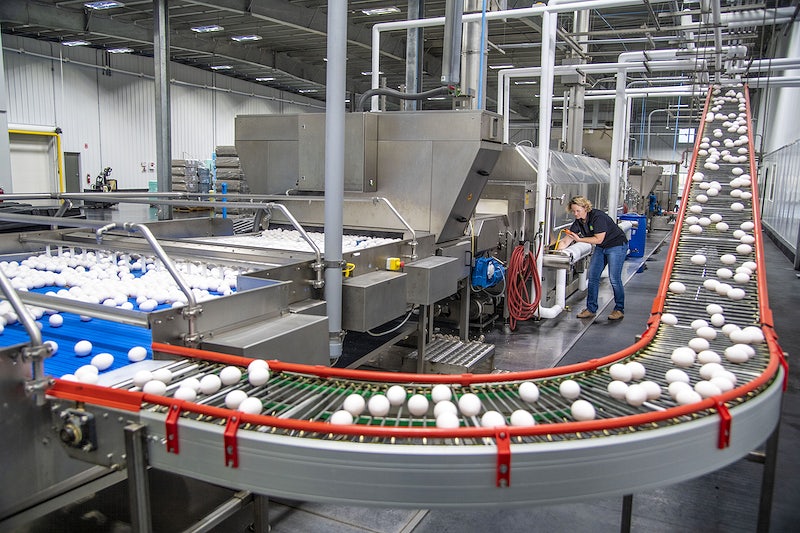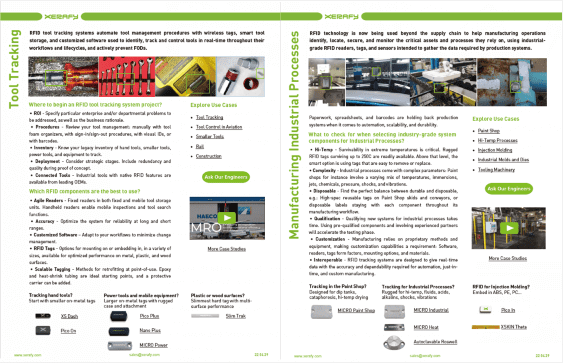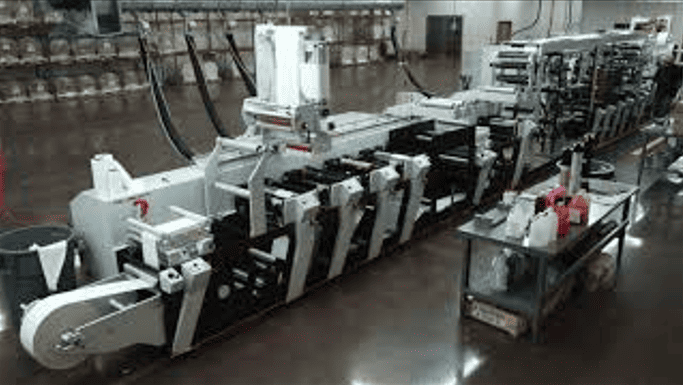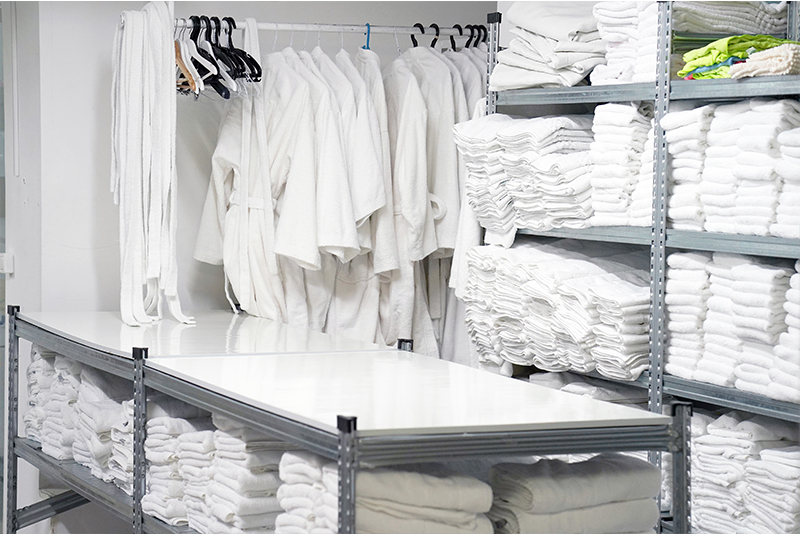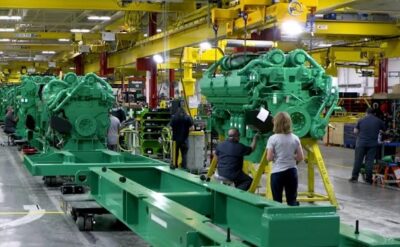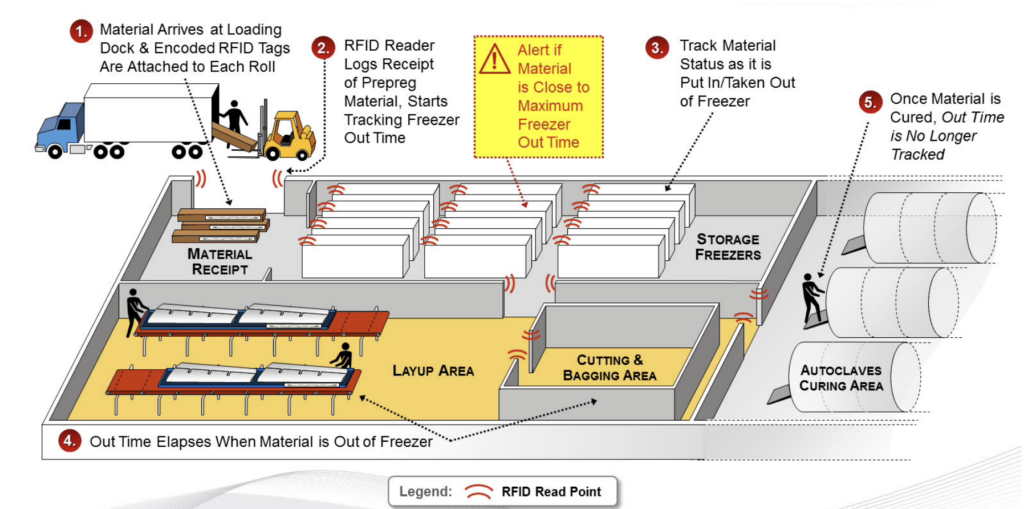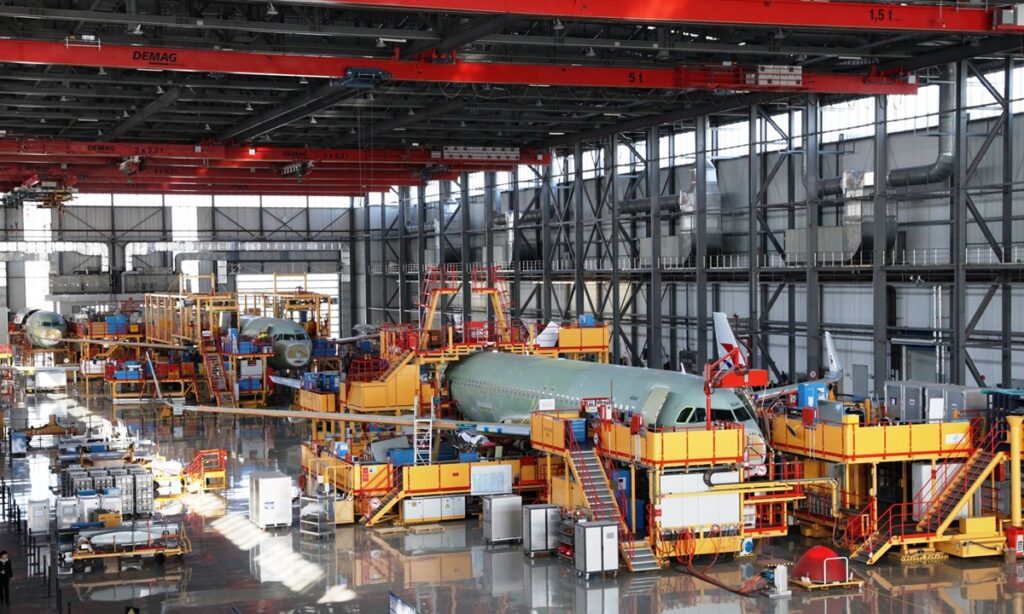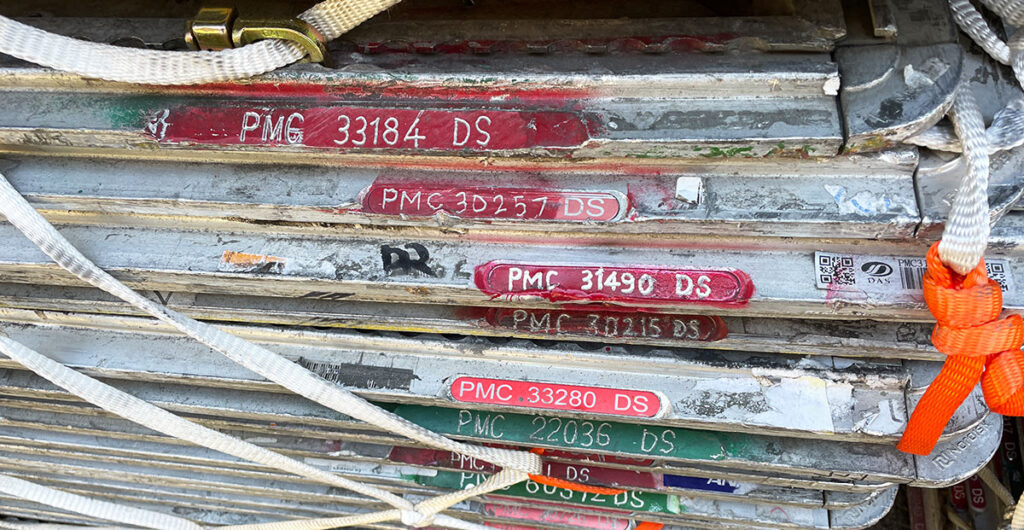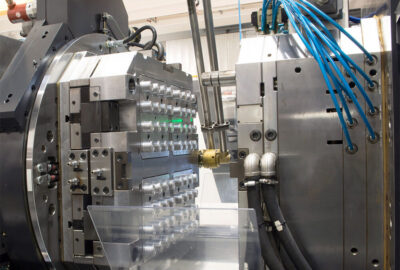What if you could run your production with no breakdowns, small stops, slow running, or defects while also making the factory safer for everyone? Manufacturers are implementing TPM systems to do just that, with all eyes on increasing their OEE.
What are TPM systems used for?
Total Productive Maintenance (TPM) is a proactive maintenance strategy that seeks to maximize the efficiency and productivity of equipment and machinery in the industrial sector. It is often integrated with other continuous improvement methodologies, such as Lean and Six Sigma, to create a comprehensive approach to operational excellence.
Its origins can be traced back to Japan in the 1960s as a response to the country’s post-war industrial revival. TPM was developed to address the high level of equipment downtime and maintenance costs that were hindering Japanese manufacturing companies, with Nippon Electrical Equipments (now Denso) credited for its early introduction.
Since then, TPM systems have been widely adopted by companies around the world, in different forms, such as TnPM (for Total “normalized” Productive Maintenance), a TPM approach implemented in China.
8 Pillars of TPM systems and more
In a nutshell, TPM is all about organizations identifying potential equipment issues before they arise, shifting the focus from a reactive response to preventative action. The extensive practice comes, among others, with 8 Pillars and 5S Foundations.
The secret sauce? Involving all employees, not just your maintenance team, from operators to managers, in the maintenance process to improve overall equipment performance and reduce downtime.
Operators are encouraged to be involved in their own machines’ upkeep by performing self-maintenance activities. Additionally, it enables continuous improvement of processes by identifying areas of opportunity in equipment design and adjustment that enhance production yields.
On an organizational level, a TPM system promotes teamwork between different departments, encouraging all parties to take ownership of their equipment’s maintenance and improvement.
How do you track your OEE?
Establishing a performance measurement system is key to driving total productive maintenance. TPM systems come with their own metric, the Overall Equipment Effectiveness (OEE).
The OEE measures the percentage of planned production time that is effectively productive. This is done by combining asset availability, asset performance, and production quality. Each factor taken into account helps bring insight into how an asset operates.
Standardized OEE calculation allows for benchmarking with other sites or organizations:
- A perfect 100% OEE score means a perfect production
- 85% will place you among the best manufacturers in the world
- 60% is more typical for discrete manufacturers
- 40% is for manufacturers without a TPM or lean program in place
Reliable OEE Tracking
Having an effective measurement system in place helps drive improved performance. The number and types of measurements you use should depend on the needs of your organization and your production process. You may want to track factors such as maintenance costs, waste levels, defect rates, response times and safety records.
By monitoring these metrics regularly, you can see how well a TPM system is working and make any necessary adjustments. Data collection can be done through various means, including vibration analysis, thermal imaging, and oil analysis. RFID tags and barcodes play a crucial role in the data collection process for TPM. RFID (Radio Frequency Identification) tags are small, wireless devices that can be attached to equipment or products to identify and track their movements. They can also collect and transmit information about the performance and condition of the equipment, providing valuable data for predictive maintenance.
Automation in a OEE system
The combination of RFID tags and barcodes enables companies to collect and store a wealth of information about their equipment and products, which can be used to predict and prevent failures. For example, if a piece of equipment begins to show signs of wear and tear, the RFID sensor attached to it can collect and transmit information about its performance, such as changes in vibration patterns or temperature. This information can be analyzed and compared to data collected from other similar pieces of equipment to determine the likelihood of a failure.
Furthermore, RFID technology ensures that all measuring points on a route plan or routine maintenance check through a plant are clearly identified and that data from these measuring points is captured in the appropriate location for subsequent analysis. Hand-held offline devices, like fixed online monitoring systems, must be measured on a regular basis and at the same measuring sites as before. Only under this condition is it possible to collect and evaluate significant data in order to predict impending equipment failure.
Xerafy is a pioneer in RFID for Manufacturing, bringing to market several innovations that enable advanced identification and automation capabilities.
In addition to a complete range of field-proven RFID tags available off-the-shelf, Xerafy offers Custom RFID Tags services, covering everything from a personalization service bureau to custom-design engineering capabilities.
